Consider the folLowing half bridge circuit:

I'm designing a half-bridge circuit to be controlled by a microcontroller. Ultimately, there will be 3 copies of this circuit for an ESC. I am hoping to have reasonably fast switching times for the power MOSFETs M8 and M9.
V_C is the battery voltage, up to 50V V_L and V_H are 12V above GND and V_C respectively and will be used to drive M8 and M9. M1, M2, M3, and M4 can be driven with logic levels. V1, V2, V3, and V4 are signals from the microcontroller and can be controlled independently to enforce dead-time, preventing shoot-through.
The low side is easy. To turn on M8, V1 is LOW and V2 is HIGH, pulling the M5's gate to GND, which in turn, pulls M8's gate to V_L. To turn off M8, V2 goes LOW and V1 goes HIGH. R1 turns off M5, and M1+R2 pulls M8's gate LOW.
The high side is where things get tricky. To turn on M9, V4 goes HIGH, pulling M7's gate to GND. However, with V_C ~50V, pulling M7's gate to GND is beyond the MOSFET's max Vgs. D3 prevents this by "clamping" this Vgs, with the remaining voltage across R8. The problem is that in this state, M7's gate is ~50V, meaning R8 is dissipating ~2.5W. I can increase the resistor values, but I want to avoid weakening the drive characteristics to keep switching times short.
My instinct for turning off M9 is to use the same kind of setup as the above. V1 goes HIGH, pulling M6's gate to GND, with D1 clamping the gate voltage. In this state, V_load would also be near GND or floating, so I wouldn't even have the same resistor dissipation issue as above. However, this wouldn't work at all. In this schematic, there wouldn't even be a current path through D1.
Am I correct about my assumptions here? Is there a better schematic I can use to drive the high side without wasting so much power in R8? Is there a simple change to introduce a current path for D1 without messing anything else up? Is there a different way I can actually turn off M9 actively? Are M1 and M6 overkill, and I can still have fast enough turn-off times for my purposes relying only on R2 and R3?
Any help/advice you can give me would be greatly appreciated! I don't have any specific part numbers chosen, but I'd like to keep it from breaking the bank. (Also the reason I don't just put a bunch of high-speed optocouplers everywhere). Thanks so much!